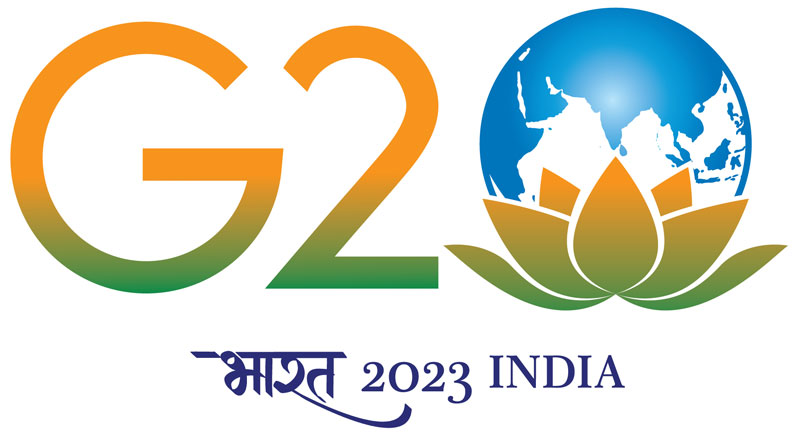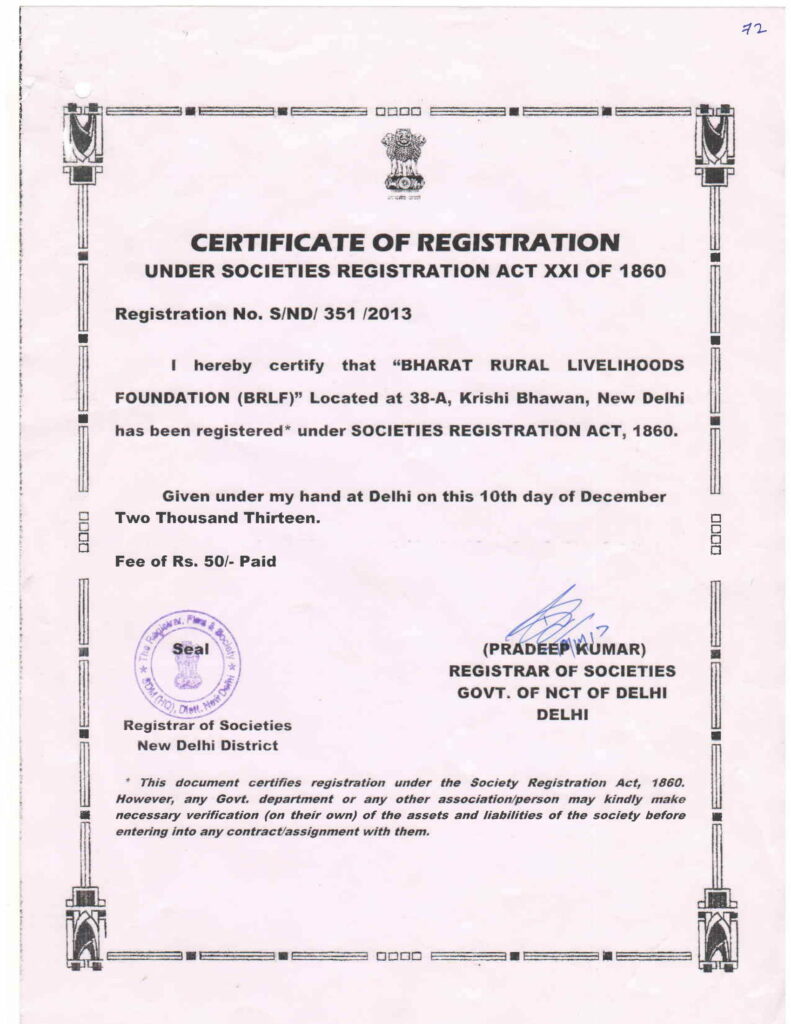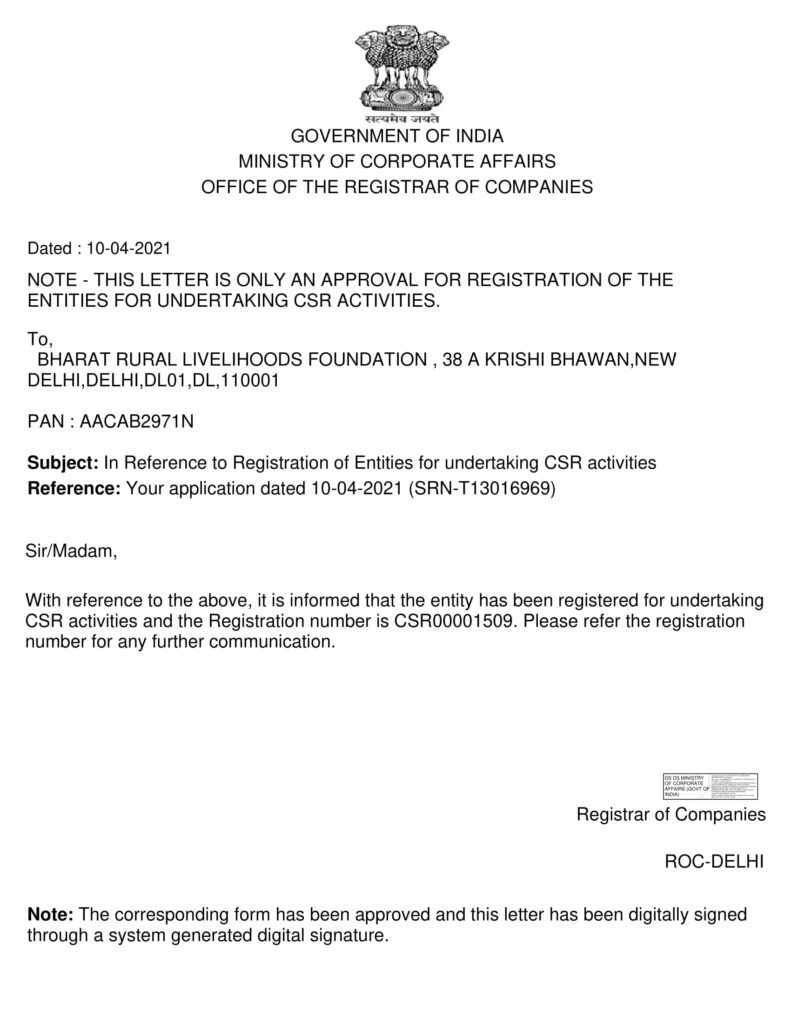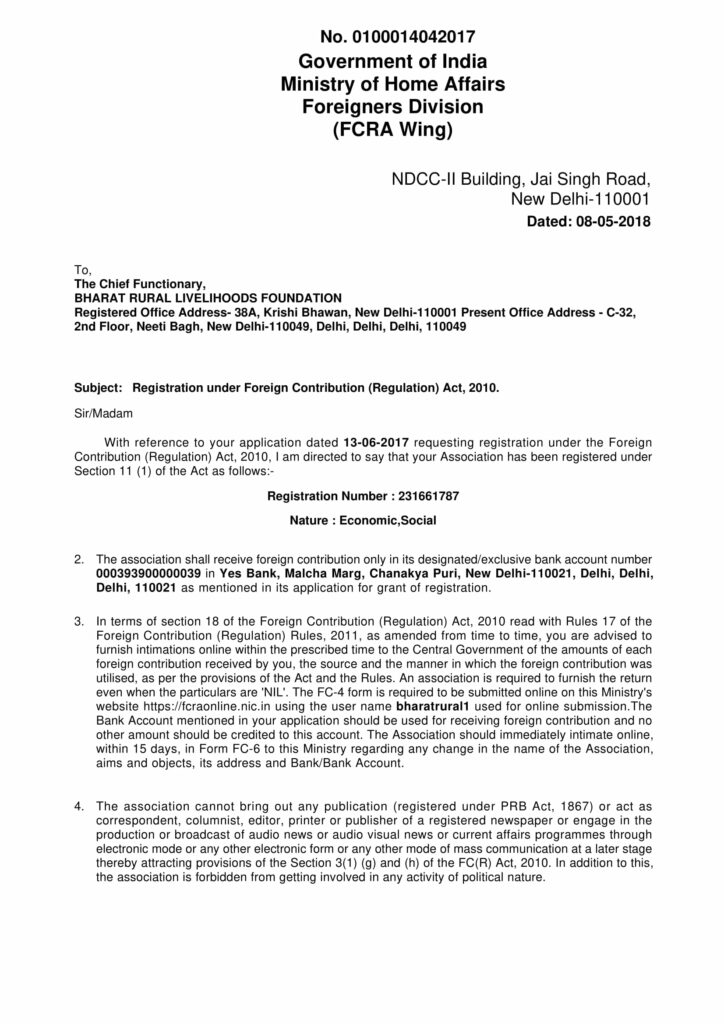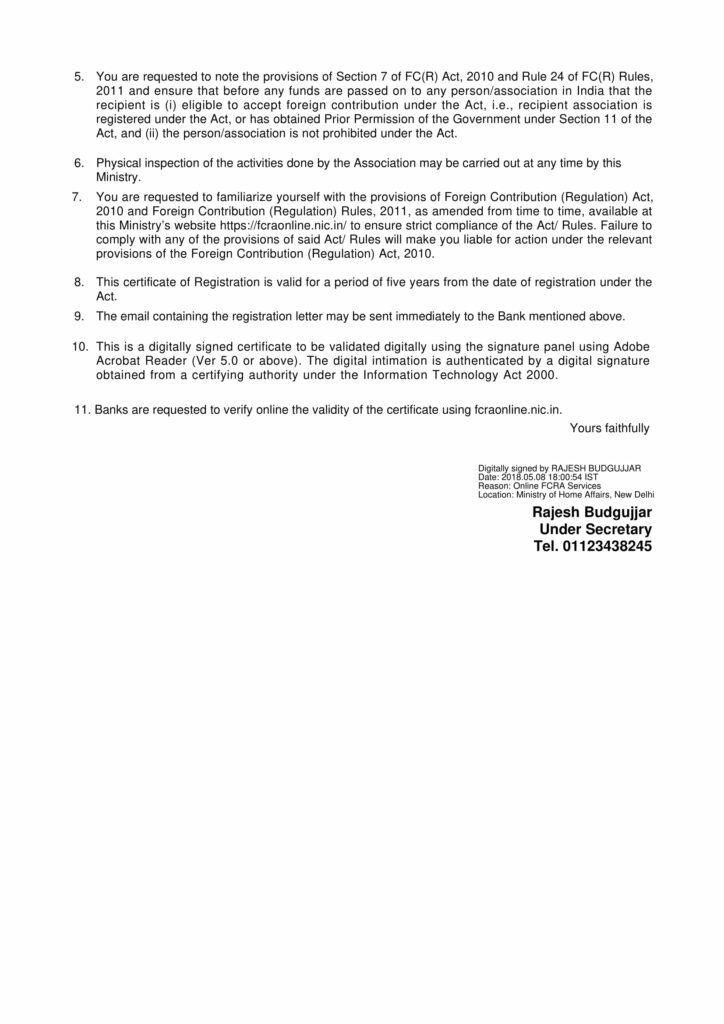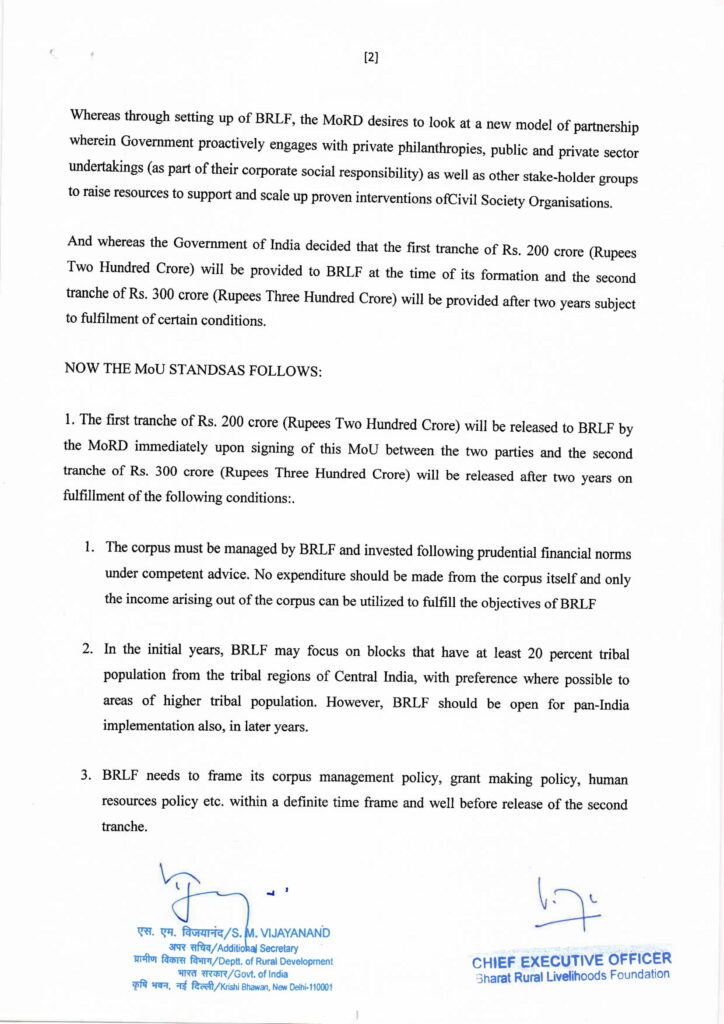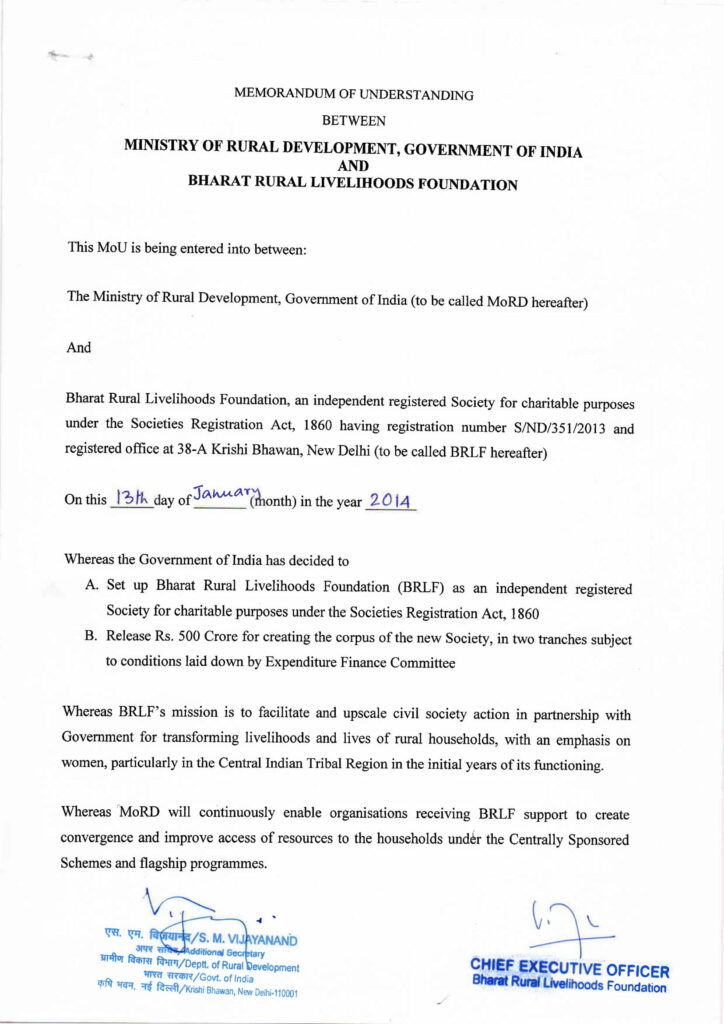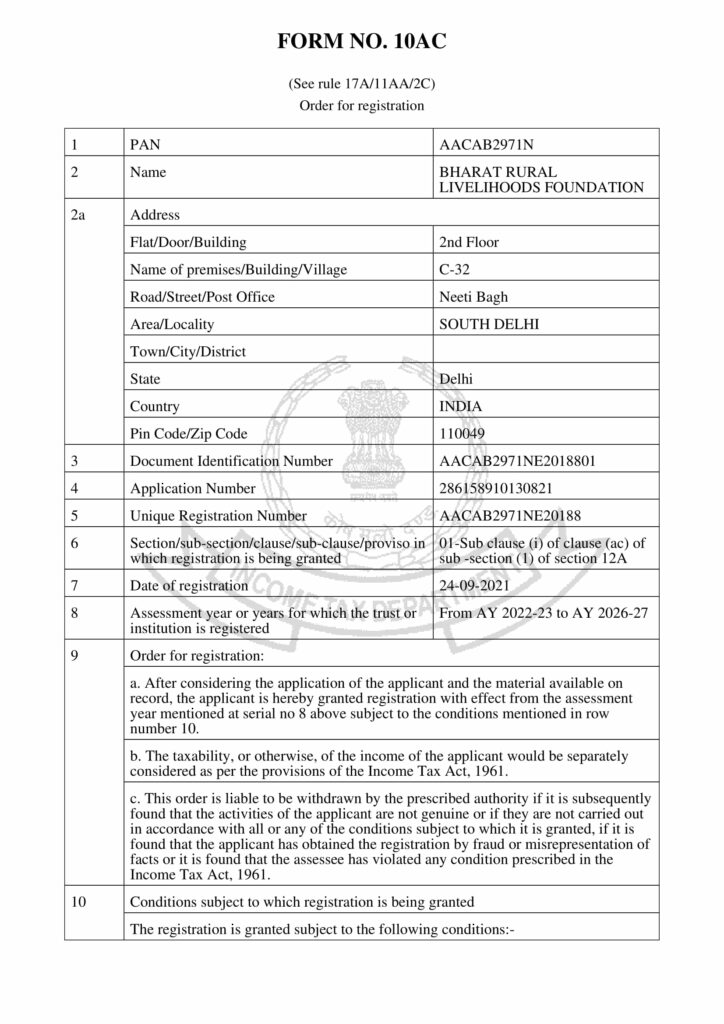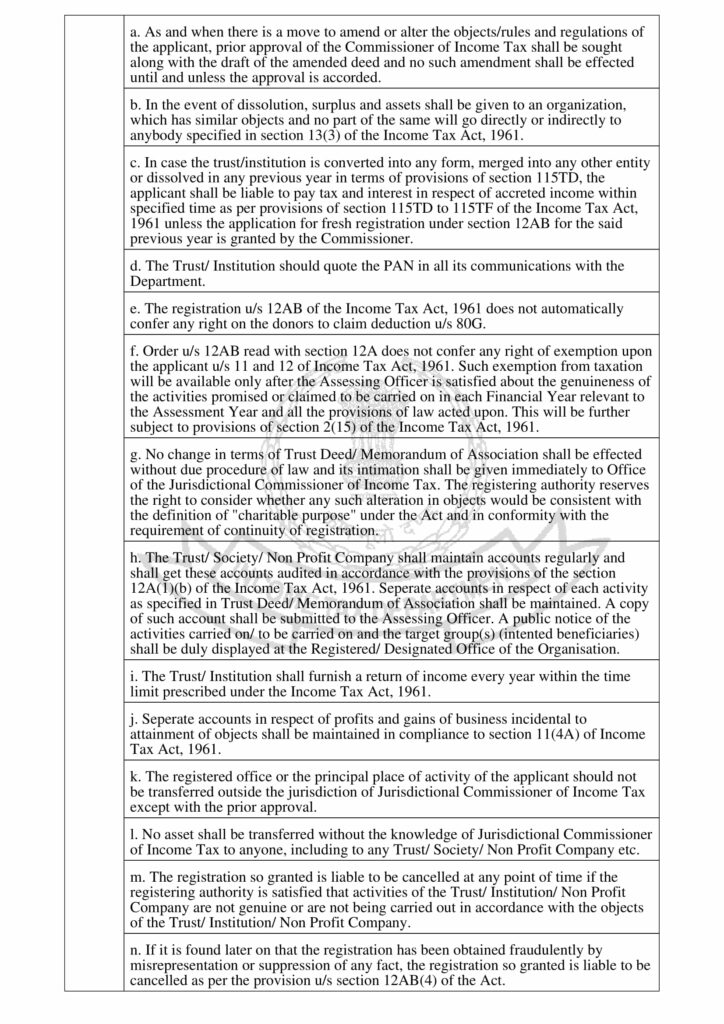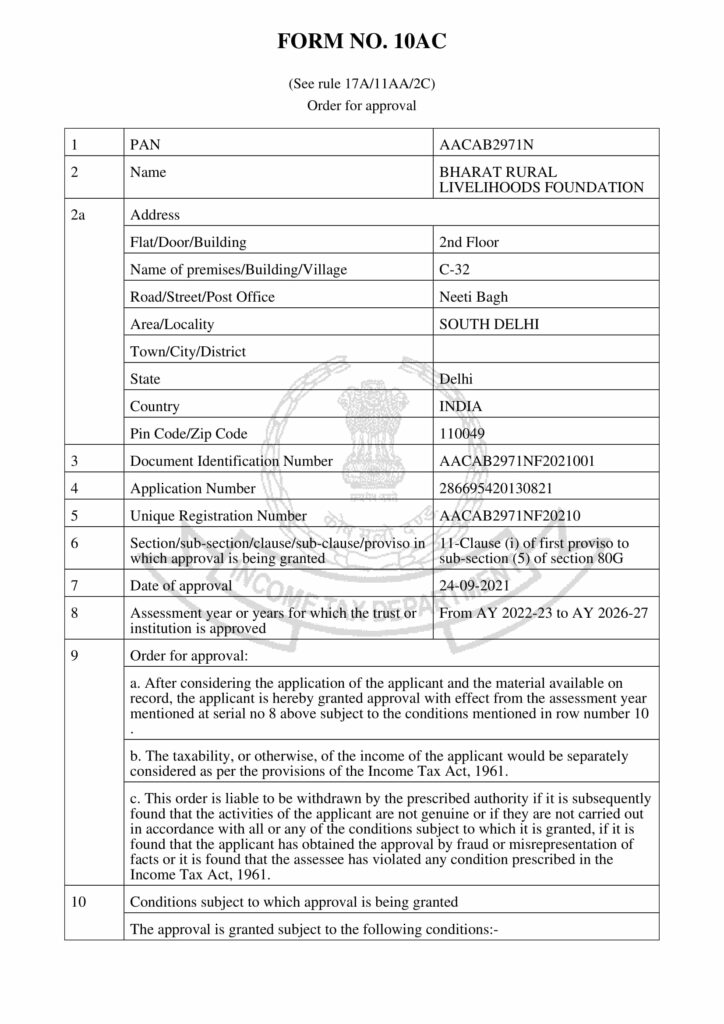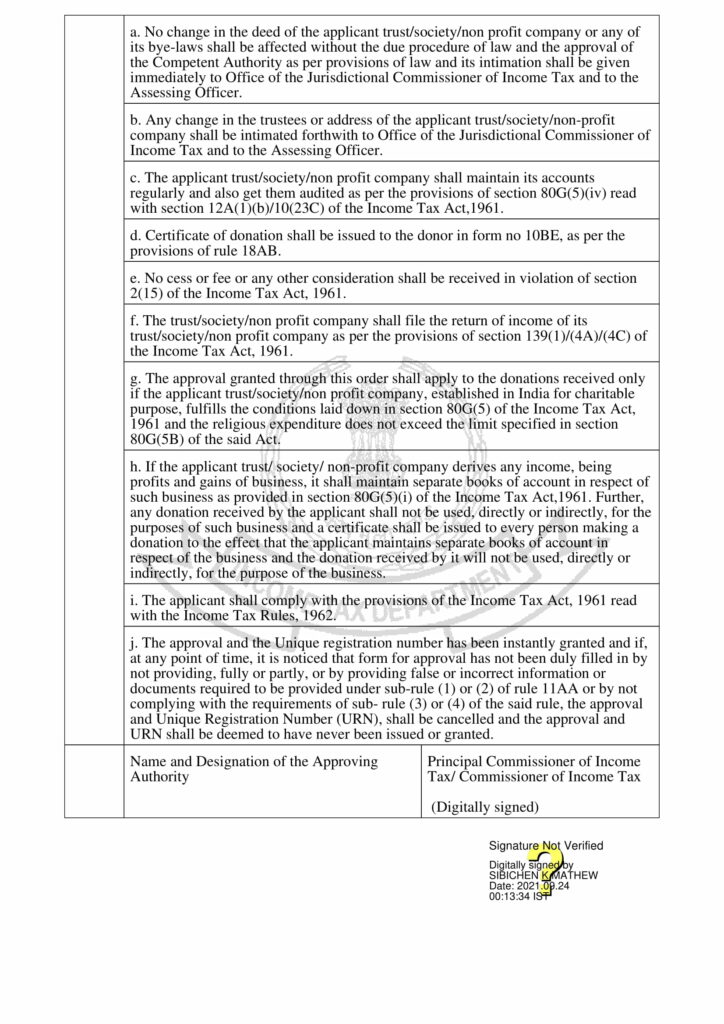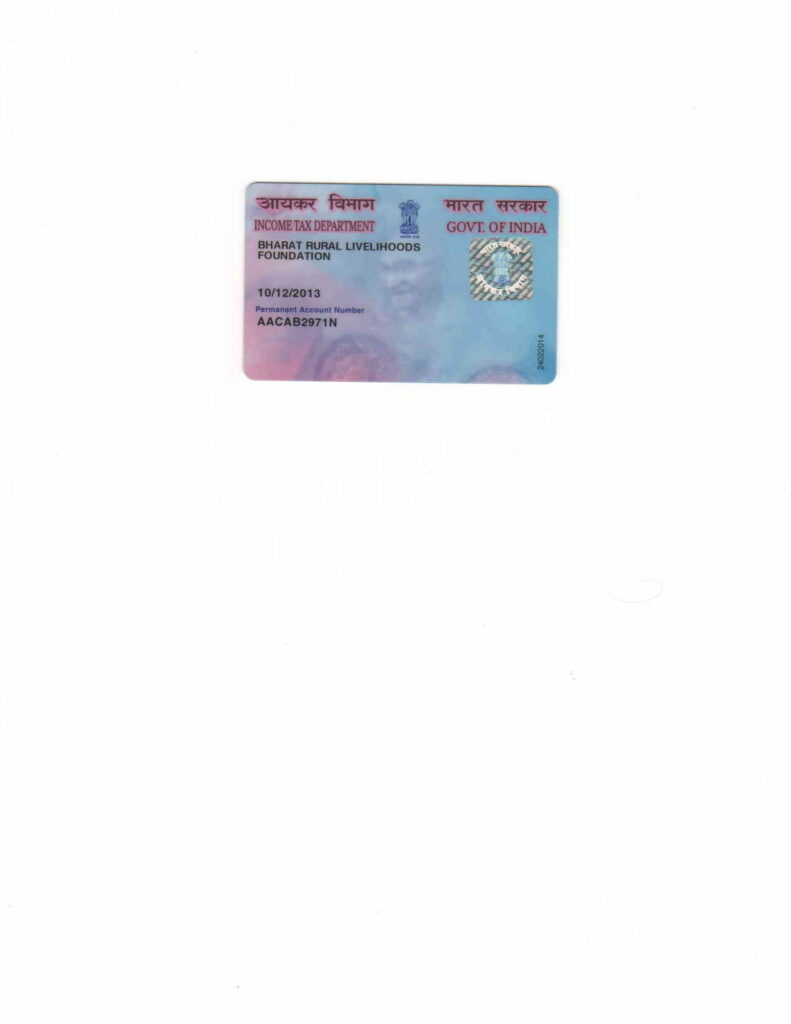Right to Information
BRLF believes in the highest standards of transparency and accountability and also ensures full compliance with them. The organization has proactively made relevant information available under the Right to Information Act – 2005, and is also subject to audit by the Comptroller and Auditor General (C&AG) of India. Important information such as, details of the members of General body and Executive Committee, annual reports, audited statements can easily be accessed from its website.
Below are the details of Public Information Officer and First Appellate Authority at BRLF under RTI Act 2005:
Name, designation, phone number and email address of Public Information Officer:
Mr. Ravi Prakash Yadav
Admin and IT Officer
Email: ravi.prakash@brlf.in
Tel: +91 11 4606 1935
Name, designation, phone number and email address of First Appellate Authority:
Mr. Mukesh Dubey
Communication Officer
Email: mukesh@brlf.in
Tel: +91 11 4606 1935
Sexual Harassment Complaints Committee
As per the Sexual Harassment at the Workplace Policy of BRLF, a Sexual Harassment Complaints Committee (hereafter referred to as the “Complaints Committee”) is constituted comprising of the following:
The Complaints Committee will take appropriate action for grievance redressal as per the complaints handling process laid down in the Sexual Harassment at the Workplace Policy.
BRLF achieves its key outcomes through strategic engagement with CSOs. We engage actively with CSOs to reduce gaps in program outlays and outcomes through strengthening of democratic institutions of governance at the grassroots, improving quality of implementation of programmes, and scaling up successful models of interventions.
CSOs often struggle to find sufficient and long-term support for significant budget components like HR and operations which directly influence the efficiency and impact the quality of livelihood interventions. Our grant support and capacity building initiatives are geared to help them find opportunities to scale and integrate with large-scale government interventions.
BRLF also enables institutional partnerships between CSOs and state governments to help them leverage programmatic resources available for national and state level programmes and schemes for rural development and livelihoods.
As of March 2021, BRLF has committed R. 113.39 Cr (USD) toward CSO grants. Partners have leveraged a cumulative total of INR.2035.01 Cr. (USD) from government schemes and raised co-finance of R. 354.75 Cr (USD) from multiple donors.
Members from the Delhi Office
Members from State Offices
Name
Designation
Ms Sireesha Baddukonda,
Lead – Programs, BRLF
Presiding Officer
Ms Suman Gupta,
Chief Operating Officer, BRLF
Member
Mr Mukesh Dubey,
Communication and Project Integration Officer, BRLF
Member
Nivedita Narain,
Charities Aid Foundation
External Member
Name
Designation
Members from State Offices
Mr Himangshu Das,
Team Leader, SPMU, Assam
Member
Ms Dangi Hembrom,
Consultant – Project Coordinator, SPMU, Jharkhand
Member
Ms. Mayuri T. Jambhulkar
Consultant – GIS Expert, SPMU, Maharashtra
Member
Ms Piyuli Ghosh,
Consultant – State Facilitator, SPMU, Madhya Pradesh
Member
The Complaints Committee will take appropriate action for grievance redressal as per the complaints handling process laid down in the Sexual Harassment at the Workplace Policy.
BRLF achieves its key outcomes through strategic engagement with CSOs. We engage actively with CSOs to reduce gaps in program outlays and outcomes through strengthening of democratic institutions of governance at the grassroots, improving quality of implementation of programmes, and scaling up successful models of interventions.
CSOs often struggle to find sufficient and long-term support for significant budget components like HR and operations which directly influence the efficiency and impact the quality of livelihood interventions. Our grant support and capacity building initiatives are geared to help them find opportunities to scale and integrate with large-scale government interventions.
BRLF also enables institutional partnerships between CSOs and state governments to help them leverage programmatic resources available for national and state level programmes and schemes for rural development and livelihoods.
As of March 2021, BRLF has committed R. 113.39 Cr (USD) toward CSO grants. Partners have leveraged a cumulative total of INR.2035.01 Cr. (USD) from government schemes and raised co-finance of R. 354.75 Cr (USD) from multiple donors.
This is a working paper on the status of agriculture in Bodoland. The Bodoland Territorial Region is an autonomous region in Assam. A high agricultural productivity characterises Bodoland for many crops. Accordingly, the authors analyse agricultural productivity by looking at the latest data on inputs (e.g. land, water, fertiliser, pest control, agricultural machinery, finance and labour) and outputs (types of crops, coverage and output). The role of agriculture is important for the community and is fully connected with its culture and economy. The paper also provides a series of recommendations for improving the agriculture in the region.
- Bodoland is one of the areas in Assam with high agricultural productivity for many crops. But most of the area under crops (around 60 percent) is used for rice production. So, there is potential for increasing their production by increasing the area under other crops. Additionally, we can say that, by increasing the area under some other crops which enjoy good productivity and simultaneously increasing the productivity of some other crops, farmers in Bodoland can aspire to increase their income.
- Bodoland’s agriculture is mostly rainfall-dependent. 29 percent of Bodoland’s GCA is irrigated. Although that is higher than the state average, it is far below the average irrigation coverage in the country. Also, most of it is done through Surface Irrigation and hence, the area does not have the problem of a declining water table. Which means, water-intensive crops can be produced here without being too concerned about sustainability. Beyond rice, it could target sugarcane production given there is a proper processing system for the crop.
- Per hectare fertiliser consumption is low in Bodoland. Productivity of some crops could be increased by applying more fertilisers in a balanced way with proper irrigation systems in place so that the outcome of agricultural activities can be less dependent on the erratic nature of rainfall, especially in these times of climate change.
| House | Date | Question no | Material | Documents | |||||||||||||||||||||||||||||||||||||||||||||||||||||||||||||||
| LS | 1.12.2016 | Unstarred Question No. 2570 |
|
View | |||||||||||||||||||||||||||||||||||||||||||||||||||||||||||||||
| LS | 25.2.2016 | Unstarred Question No. 372 | NGOs under Rural Development Schemes
|
Annexure A View Annexure B View Annexure C View | |||||||||||||||||||||||||||||||||||||||||||||||||||||||||||||||
| LS | 27.4.2016 | Unstarred Question No. 754 | Reply by Bharat Rural Livelihoods Foundation (BRLF)
(a) Whether the Government proposes to take steps to improve poor information & Communication Technology (ICT) infrastructure and the financial condition of grass-root level institutions in rural areas.
(b) If so, the details thereof, State/UT-wise.
(c) The details of funds allocated and released for the development of the ICTs in rural areas State/UT-wise and
Reply by BRLF: Points a, b, and c are not applicable to BRLF
{d} the details of steps taken/being taken to promote women’s entrepreneurship in rural areas State/UT-wise?
Reply by BRLF: One of the key mandates of BRLF is to work actively with civil society organisations (CSOs) to reduce the gap between program outlays and outcomes through strengthening democratic institutions of governance at the grassroots, improving the quality of implementation of programs, and scale-up of successful models of interventions. Within this area of partnership with CSOs, a key implementation strategy is the formation and strengthening of women Self-Help Groups (SHGs), their higher-level collectives (village organisations, etc.), and Farmer Producer Organisation (FPOs). SHGs are a vehicle for the promotion of women’s entrepreneurship in rural areas by providing women a platform to seek both credit and technical support to start/build enterprises. BRLF’s CSO partners are promoting new SHGs and strengthening existing ones in their program geographies. Further, few CSO partners have also federated SHGs to form (FPOs) Farmer Producer Organisations that facilitate small entrepreneurs to have better bargaining power. FPOs also provide support through input supply, financial and technical needs, capacity building, and better market linkages.
The table below details progress made in the promotion and strengthening of SHGs and FPOs by seven CSO partners* of BRLF up to 31st December 2015:
|
View |
This is a working paper on the status of agriculture in Bodoland. The Bodoland Territorial Region is an autonomous region in Assam. A high agricultural productivity characterises Bodoland for many crops. Accordingly, the authors analyse agricultural productivity by looking at the latest data on inputs (e.g. land, water, fertiliser, pest control, agricultural machinery, finance and labour) and outputs (types of crops, coverage and output). The role of agriculture is important for the community and is fully connected with its culture and economy. The paper also provides a series of recommendations for improving the agriculture in the region.
- Bodoland is one of the areas in Assam with high agricultural productivity for many crops. But most of the area under crops (around 60 percent) is used for rice production. So, there is potential for increasing their production by increasing the area under other crops. Additionally, we can say that, by increasing the area under some other crops which enjoy good productivity and simultaneously increasing the productivity of some other crops, farmers in Bodoland can aspire to increase their income.
- Bodoland’s agriculture is mostly rainfall-dependent. 29 percent of Bodoland’s GCA is irrigated. Although that is higher than the state average, it is far below the average irrigation coverage in the country. Also, most of it is done through Surface Irrigation and hence, the area does not have the problem of a declining water table. Which means, water-intensive crops can be produced here without being too concerned about sustainability. Beyond rice, it could target sugarcane production given there is a proper processing system for the crop.
- Per hectare fertiliser consumption is low in Bodoland. Productivity of some crops could be increased by applying more fertilisers in a balanced way with proper irrigation systems in place so that the outcome of agricultural activities can be less dependent on the erratic nature of rainfall, especially in these times of climate change.
